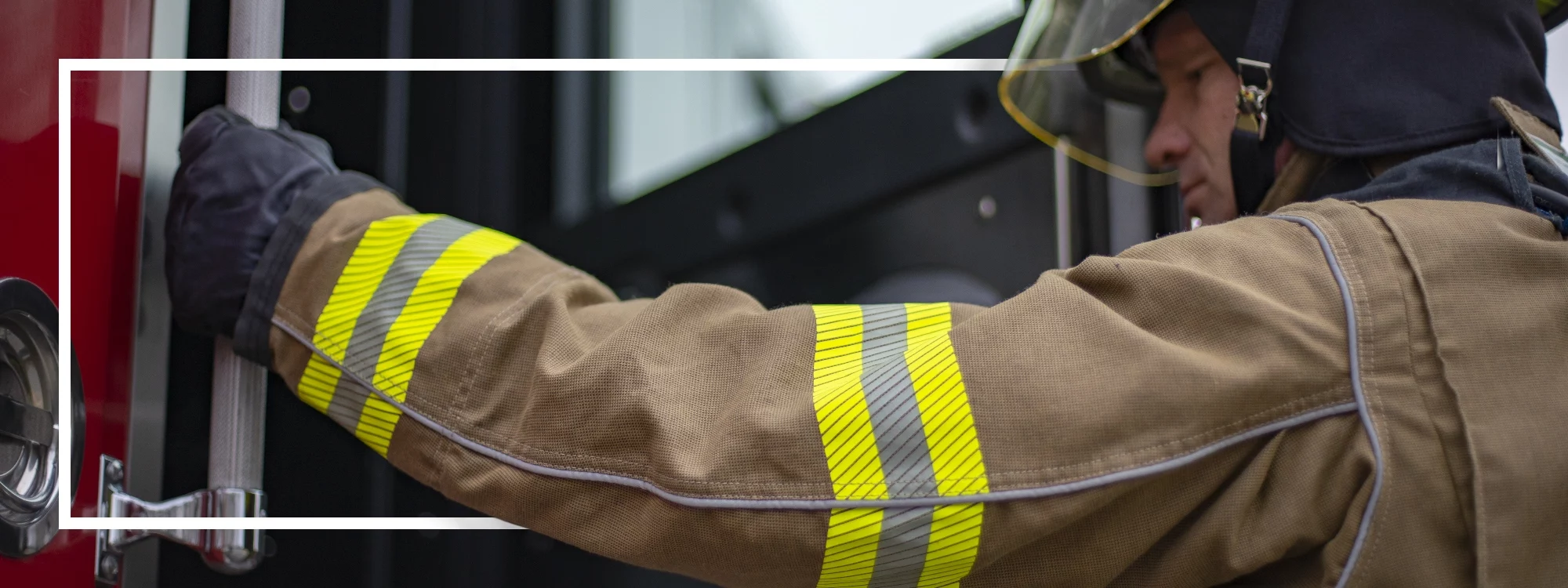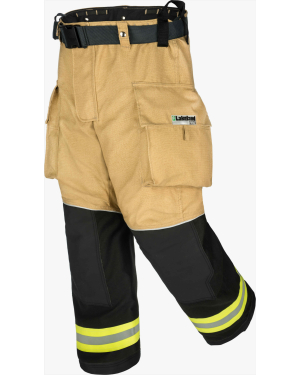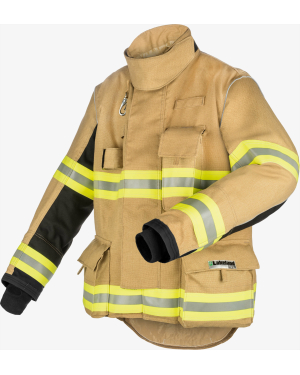Structural Firefighting
What is Structural Firefighting?
Structural firefighting includes residential and commercial buildings, ranging from detached single-family homes to apartments, office buildings, shopping centers, and more. The actual response depends upon the incident. Typical causes of structural fires include:
- Short circuit
- Abandoned, discarded heat source (ashes from cigarettes, fireplace, wood stove, etc.)
- Failure to clean (creosote in chimney, dryer lint, etc.)
- Heat sources are too close to combustibles
- Children playing with heat sources
Structural firefighters remain on-call, working year-round during assigned shifts. When they are not on active duty, these firefighters inspect gear and apparatus, and participate in practice drills and training.
Response calls vary from assignment requests and department size. Essential functions for structural firefighters are to produce quality performance with controlling and extinguishing fires – consistently meeting the trained standards of emergency management techniques.
With continuous training on the advanced technology, structural firefighters must be able to react quickly and learn how to manage potential hazards faced within their first response.
The duties performed by structural firefighters are considered public service.
Many of the response calls deal with:
- Fighting structure fires
- Vehicle accidents
- Alarms
- Dealing with chemical spills
As a structural firefighter, providing emergency medical care to vehicle accidents and extrication calls is another form of service. Training programs are implemented periodically to increase knowledge on how to contain and control any incident on-hand. There are several more instances for escaping a structural fire, including window and door escape, as well as ladder escape. With a versatile call frequency and response-type, structural firefighters must be prepared at a moment’s notice.
Although firefighting and rescue work are the most difficult and responsible areas of activity, the major portion of time is spent in routine duties in the care and maintenance of fire department property and equipment, training and studying methods, techniques, and department specifications. Knowledge of city fire codes, ordinances, state and local emergency medical service laws, and all rule compliance should educate the structural firefighter on hazard protection.
Through many of these activities and assignments, structural firefighters face serious risks – including many life threatening hazards. A few of these risks include:
- Heat exhaustion and stress
- Burns
- Chemical exposure
- Smoke inhalation
- Physical and mental stress

What PPE is Recommended for Structural Firefighting?
Structural firefighters need protection from extreme heat within an enclosed area. Protection is also needed for chemical exposure and threats from falling structures. Structural firefighting PPE should cover all portions of the body and be designed so as to not obstruct movement such as:
- Bending
- Crouching
- Reaching
The three layers of firefighter turnout gear are the outer shell, moisture barrier, and thermal liner.
The purpose of the outer shell is to protect the firefighter from direct flame, cuts, and abrasions. The purpose of the moisture barrier is to protect the firefighter from common liquids such as water, gasoline, chlorine, and more. The purpose of the thermal liner provides protection from ambient heat. The thermal liner of the firefighter coat and pant are the most important due to the impact it makes on thermal protection and heat stress reduction. Other PPE requirements include helmet, boots, SCBA, and thick gloves.
Encountering carcinogenic particulates is one of the greatest hazards in firefighting. When dealing with a structural fire, there are many synthetic materials and harsh substances that are toxic when they burn. The smoke carrying those elements encounters fire protective gear and often the wearer, increasing the risk of cancer and other illnesses.
One of the best ways to protect firefighters and lengthen the life of fire protection is with proper cleaning and maintenance. Each year – the outer shell, moisture barrier, and liner combinations are tested to make sure they are still in compliance with the current standards. If a single layer does not pass, it will no longer sell as a combination.
NFPA 1851 speaks to the selection and care of firefighter PPE, including the use of barcodes for trackability, inspection intervals, fire protection cleaning methodologies, and storage requirements. The primary objective for every department is keeping their firefighters and community safe. Extensive training and adherence to NFPA safety standards is crucial – but having the right turnout gear can make the difference.

